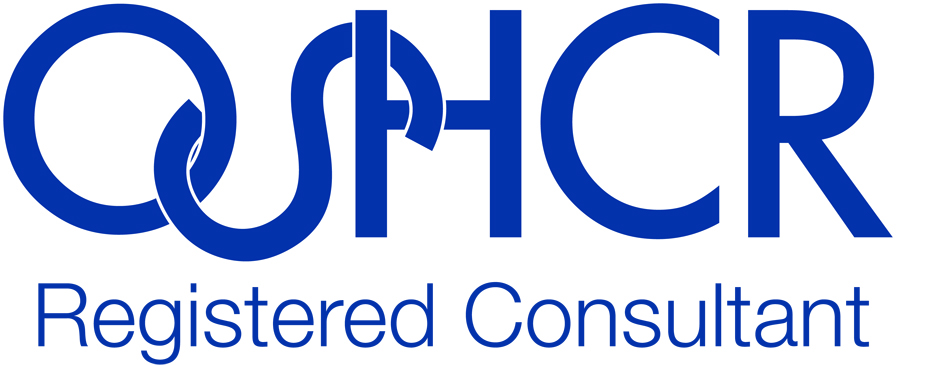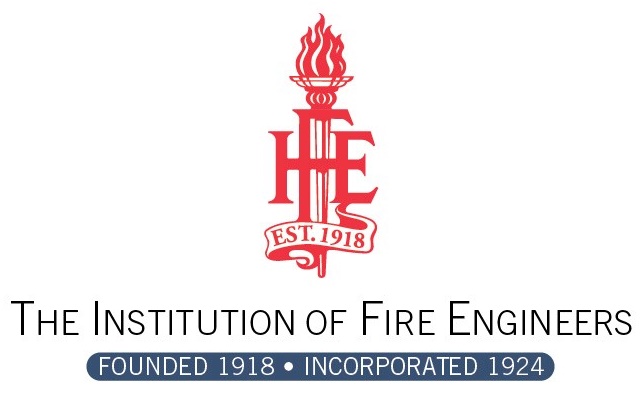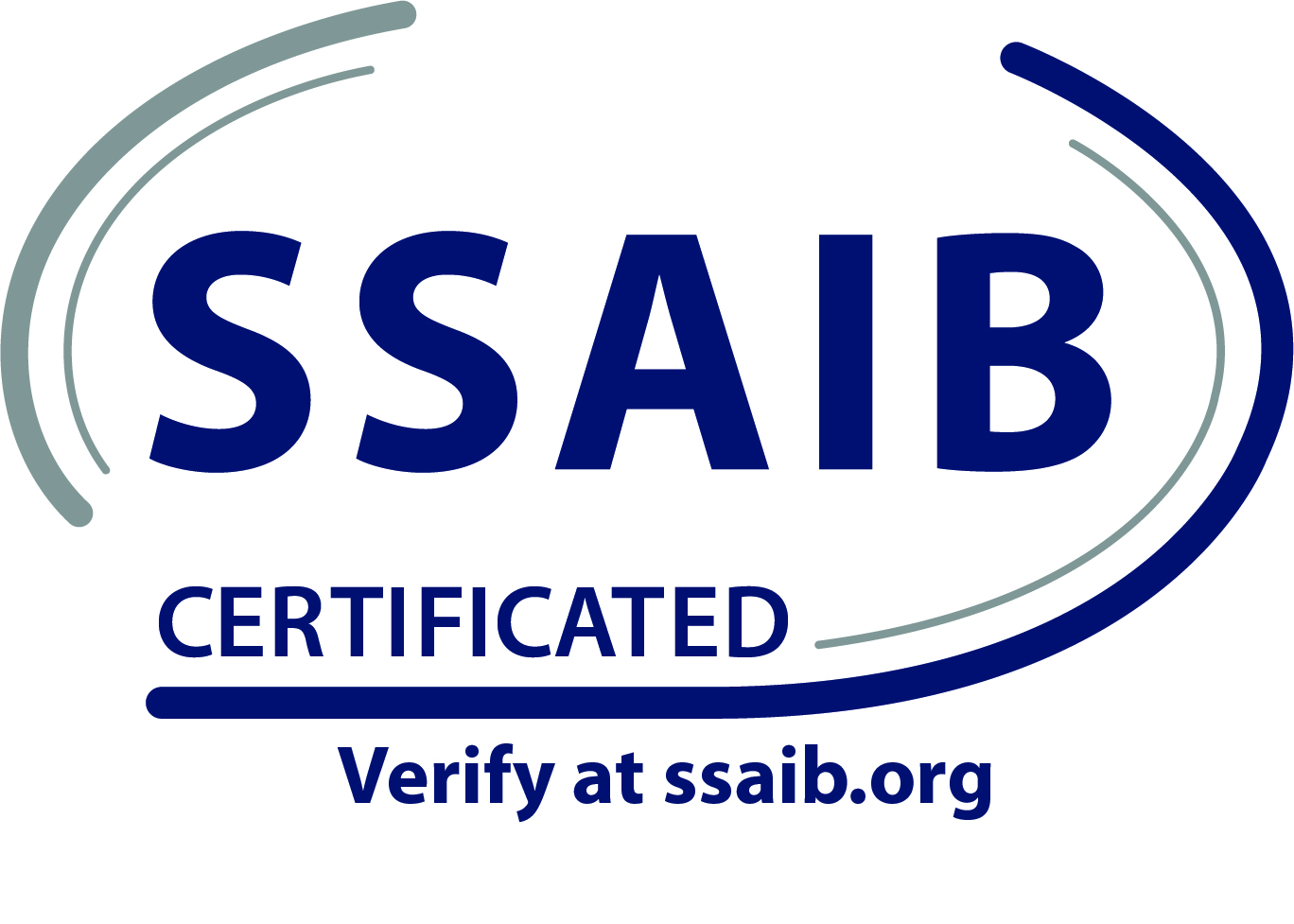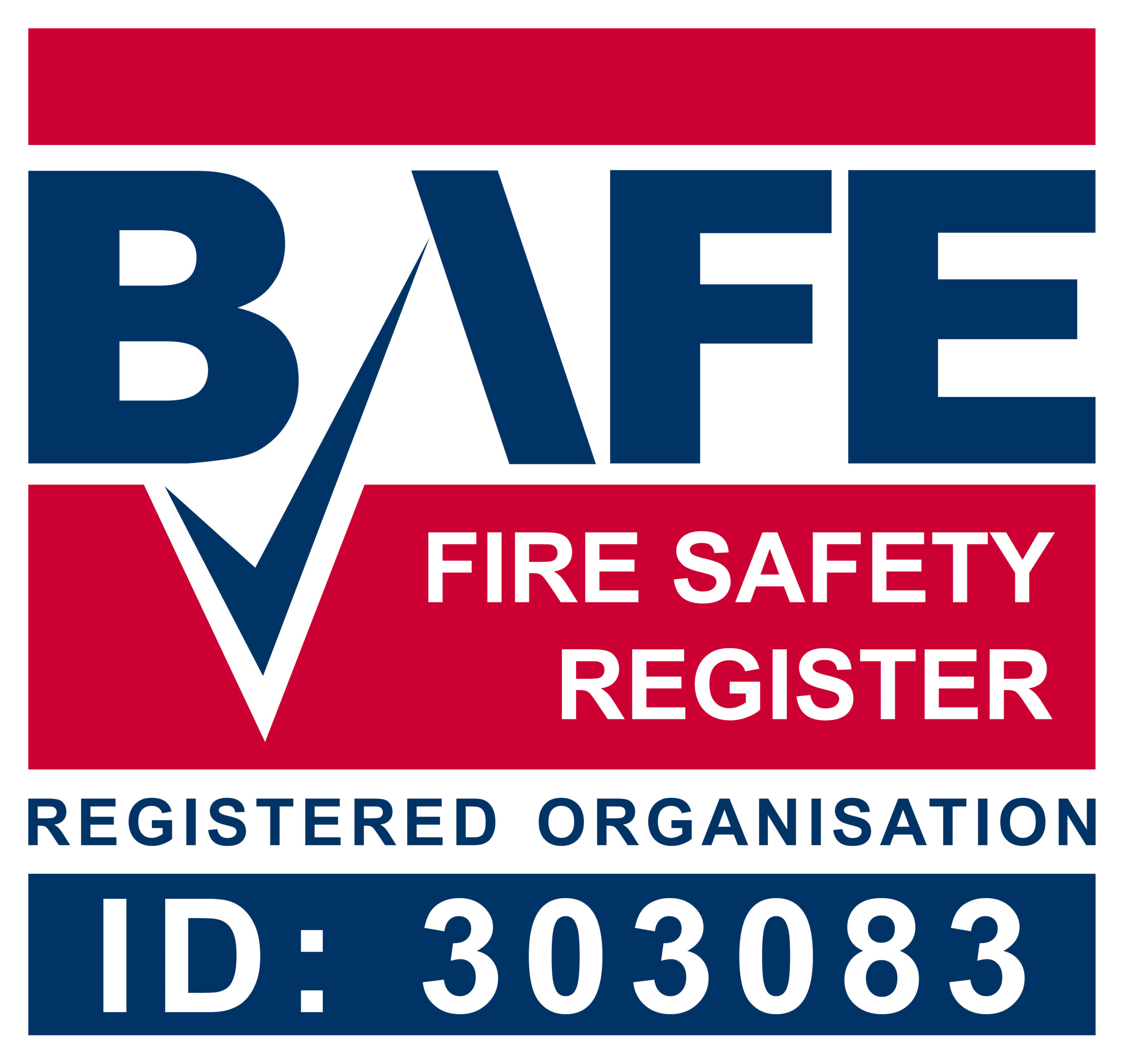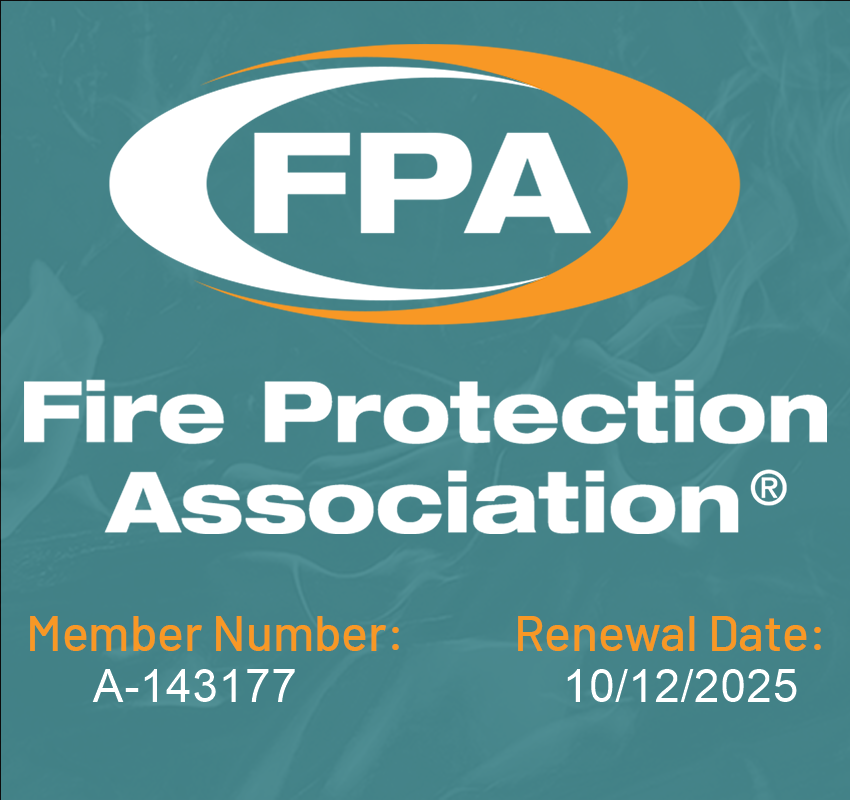Understanding Fire Risk Assessment (FRA) for Complex Buildings
Fire risk assessments (FRAs) are increasingly important as they provide a detailed overview of potential risks and safety standards within complex buildings. As buildings become more sophisticated and intricate, assessing fire safety becomes more challenging.
To ensure that individuals responsible for FRAs remain up-to-date on proper assessment procedures, they must receive regular training on new best practices, legal requirements, and challenges related to modern building designs. Additionally, identifying practical solutions can help businesses comply with health and safety regulations and safeguard people’s lives in an emergency.
In this blog post, we will explore what FRAs are and how they should be conducted in complex buildings so that you can ensure that your premises have the highest level of protection while effectively mitigating fire risk.
Introduction to Fire Risk Assessment (FRA)
Fire risk assessments (FRAs) are a critical aspect of any organisation’s comprehensive fire safety plan.
In the UK, FRAs are required by law for many buildings. The assessment is designed to identify and evaluate potential fire hazards, assess the potential fire risk, and evaluate the effectiveness of any existing fire safety measures. The FRA report typically includes a detailed analysis of fire hazards, fire safety equipment, evacuation procedures, and recommendations for improving fire safety.
Effective fire safety planning is essential to prevent fires and minimise the risk of injury or loss of life. Fire safety planning includes developing emergency procedures, identifying safe evacuation routes, and training employees to respond to a fire emergency. Additionally, regular fire drills are necessary to ensure that everyone understands the emergency procedures and can evacuate the building safely and quickly.
It is important to note that fire safety planning is an ongoing process. There needs to be more than a one-time assessment to ensure the safety of the building and its occupants. Regular assessments and updates to the fire safety plan are necessary to ensure that the building is adequately protected and that employees are prepared to respond to a fire emergency.
Challenges with Complex Building Designs
Conducting a fire risk assessment for a complex building design can be particularly challenging due to the intricate layout and multiple systems that pose unique fire safety risks.
For example, modern high-rise buildings may have complex mechanical and electrical systems, while healthcare facilities may have sensitive equipment and unique patient requirements. Therefore, experienced and knowledgeable fire safety professionals must carry out FRAs for complex buildings to ensure that all potential fire risks are identified and addressed.
Additionally, these professionals can offer recommendations for fire safety improvements and develop customised evacuation plans to ensure the safety of occupants in the event of a fire. They can also review and update fire safety policies and procedures to ensure compliance with fire safety regulations and standards and provide training to building occupants on fire safety awareness and response.
Training Needed for Proper FRA Procedures
To conduct effective fire risk assessments, individuals responsible for fire safety must have up-to-date knowledge of best practices, legal requirements, and specific challenges associated with modern building designs. This not only includes a deep understanding of fire safety legislation but also training in the latest fire safety technologies and techniques.
In addition, it is important to have a thorough understanding of how to identify and assess fire hazards, evaluate fire risks, and develop and implement an effective fire safety plan. This process can be complex and requires detailed knowledge of building design, materials, and construction techniques. Individuals responsible for fire safety must remain vigilant in staying up-to-date with the latest developments in fire safety and continually seek out new knowledge and training opportunities to stay ahead of potential risks.
Moreover, individuals responsible for fire safety should be aware of the unique challenges that can arise in different environments, such as high-rise buildings or industrial facilities. By having a comprehensive understanding of the specific fire risks associated with different types of buildings and environments, individuals responsible for fire safety can develop more effective fire safety plans and strategies to minimise the risk of fires and protect their occupants.
Therefore, regular training and education are essential for individuals responsible for fire safety to ensure that they have the knowledge and skills necessary to conduct effective fire risk assessments and develop comprehensive fire safety plans that can protect lives and property in the event of a fire.
Practical Solutions for Assessment
To ensure compliance with health and safety regulations and effectively mitigate fire risks, practical solutions for fire risk assessments should be implemented. This may include using fire safety technology, such as sprinkler systems, fire alarms, and detection systems, and regularly maintaining and testing existing systems.
Another aspect to consider is the importance of having a designated fire safety officer to oversee the implementation and maintenance of these systems, as well as to train employees on fire safety protocols. Additionally, measures such as adequate signage, clear evacuation procedures, and regular training for employees can help reduce the risk of fire and ensure a safe environment for all. It is also important to regularly review and update these procedures to ensure they are up-to-date and effective in preventing and managing fire risks.
Furthermore, investing in advanced fire safety technology and providing ongoing employee training can help further mitigate fire risks and ensure compliance with regulations and safety standards.
Best Practices for Fire Safety
Best practices for fire safety include regular maintenance and inspection of fire safety equipment, ensuring that escape routes are clear and unobstructed, and ensuring that all staff and building occupants are familiar with evacuation procedures.
To maintain the safety of the building, fire drills should be conducted regularly to ensure that all occupants are prepared in case of an emergency. Additionally, regular testing of fire safety equipment is essential to ensure that it functions correctly in the event of a fire. It is also important to have a designated fire safety officer responsible for overseeing fire safety procedures and ensuring they are up-to-date and effective. This person should be well-trained and have the necessary knowledge and skills to handle any emergency.
Lastly, keeping up with the latest fire safety regulations and standards is important to ensure that the building is compliant and safe for all occupants.
Legal Requirements for Health and Safety
In the United Kingdom, fire safety is a critical aspect of ensuring the safety of people and property. The legal requirements for fire safety are governed by various laws and regulations, including the Regulatory Reform (Fire Safety) Order 2005. Under this order, all non-domestic premises are required to conduct a suitable and sufficient fire risk assessment to identify potential hazards and implement measures to mitigate them.
The fire risk assessment is a comprehensive process that involves identifying potential sources of fire, assessing the likelihood of a fire occurring, and evaluating the potential impact of a fire on people and property. The assessment also considers the effectiveness of existing fire safety measures and identifies any additional measures that may be required to ensure adequate protection. Failure to comply with these legal requirements can have serious consequences. Depending on the severity of the violation, fines, legal action, or even imprisonment may be imposed.
Therefore, all non-domestic premises must take fire safety seriously and ensure that they comply with all applicable laws and regulations.
Specific Challenges with Modern Buildings
Modern buildings often present specific challenges for fire safety, including intricate designs, advanced technology, and high occupancy levels.
For example, complex designs with unique architectural structures and unconventional construction materials may contribute to difficulties in preventing and suppressing fires. In addition, buildings equipped with advanced technology, such as computerised equipment or electrical systems, may require specialised knowledge and equipment to combat potential fires.
Occupancy levels, particularly in high-rise buildings, may pose further challenges due to the number of people who need to be evacuated during an emergency. Furthermore, hospitals require special attention to ensure patient safety and the protection of sensitive equipment. The threat of fire in hospitals can be particularly devastating, as it can disrupt critical operations and result in the loss of life.
Therefore, it is crucial to implement strict fire safety measures in hospitals, such as regular inspections, efficient evacuation routes, and specialised equipment to combat potential fires.
Importance of Utilising Best Practices and Solutions
To ensure the highest level of protection for buildings and their occupants, it is essential to use the best practices and solutions available for fire safety. This includes regular training and education for staff and occupants, using the latest fire safety technology, and compliance with all relevant health and safety legislation.
In addition, it is important to conduct regular fire safety audits to identify any potential hazards and address them immediately. This includes checking the effectiveness of fire alarms, sprinkler systems, and emergency exits, as well as ensuring that all fire safety equipment is up-to-date and working properly. Furthermore, it is crucial to establish clear emergency evacuation procedures and ensure that all staff and occupants are aware of them. This may involve conducting regular fire drills and providing training on how to respond in the event of a fire.
Lastly, it is important to stay up-to-date with the latest developments in fire safety technology and best practices. This may involve attending conferences and seminars, reading industry publications, and networking with other fire safety professionals to share knowledge and experiences.
Conclusion
Finally, fire risk assessments are critical components of any organisation’s fire safety plan. Businesses must stay up-to-date on assessment procedures and identify practical solutions to comply with health and safety regulations while protecting people’s lives in case of an emergency.
Conducting effective FRAs requires regular training and education for individuals responsible for fire safety, as well as practical solutions such as regular maintenance and inspection of fire safety equipment.
By understanding the common challenges posed by modern building designs, the legal requirements for FRAs, the benefits of early decision-making when assessing risks in complex buildings, and other strategies outlined here, you can ensure your premises have the highest level of protection while effectively mitigating fire risk.
If you need help enacting these principles or require additional assistance, please contact us today. Our team of experts is ready to partner with you to create a stellar fire safety plan for your business.


